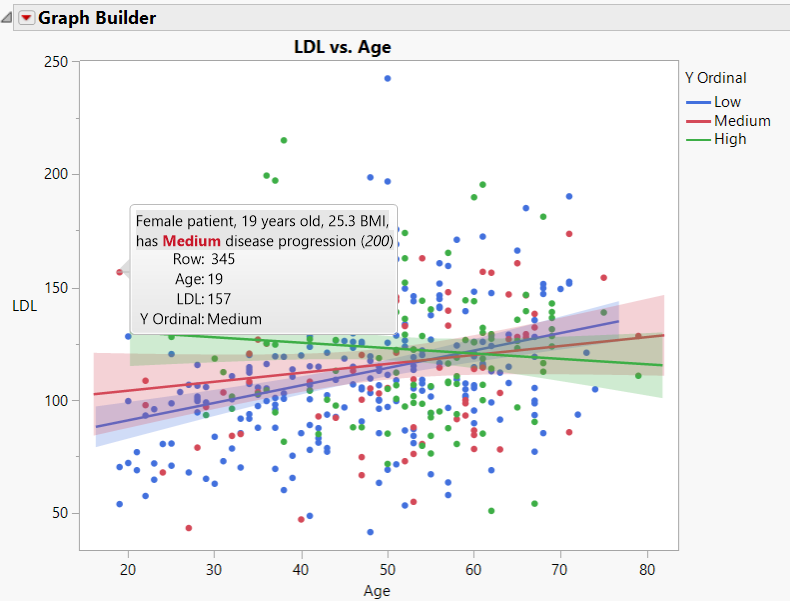
However, you can use the Axis Settings window to format the date’s appearance in the plot. The date axis must be a column with a JMP date value and appear in the Axis Settings window in the date format found in the Column Info window. This gives the plot scale that you want for your data. Selecting a date interval from the date increment drop-down menu divides the JMP date (number of seconds) into the appropriate units. To change how a date or time appears in a data table, see Numeric Formats. Note: When you change the numeric format of an axis, you do not change the numeric format of the way the values appear in the corresponding data table.

For more information about numeric formats, see Numeric Formats. Change the Numeric Format of an Axisįor plots and charts that contain a numeric axis area, you can change the format of the axis. To set a default scale type for a variable, which avoids making this change every time you run an analysis, see Axis. For example, Power = 2 creates an x^2 axis. Power works similarly to log scale, but instead of the scale conversion being log(x), it is x^p, where p is a customizable axis option.If you selected a scale type of Power, enter the Power to use.If you selected a scale type of Log, enter the Base to use.Do not change the scale in these graphs through the Axis Settings window.

For example, Destructive Degradation, Degradation, and the X axis in Fit Y by X scatterplots use custom scales. Specific platforms might use other scale types that are fixed and cannot be changed.Probability Scales (Normal, Weibull, Fréchet, Logistic, Exponential, Gamma, Beta, and Mixtures).When viewing a graph with a numeric axis, you can change the axis scale to one of the following types: Establish Minimum and Maximum Axis Values Change the Axis Scale Type.In the Scale panel, you can do the following: The Preview panel shows how your current selections will appear on the axis.The Axis Settings window contains the following panels:


 0 kommentar(er)
0 kommentar(er)
